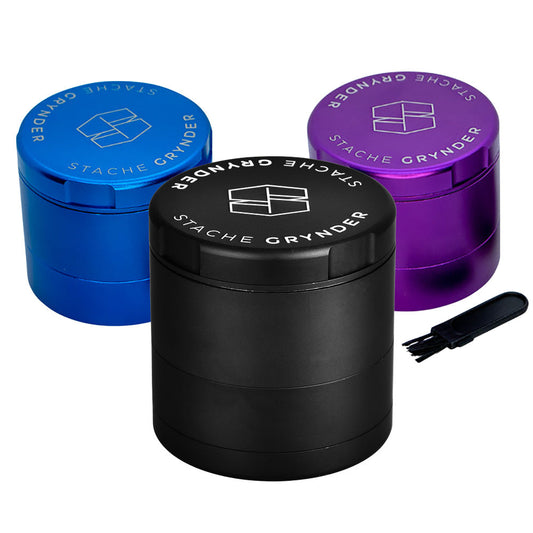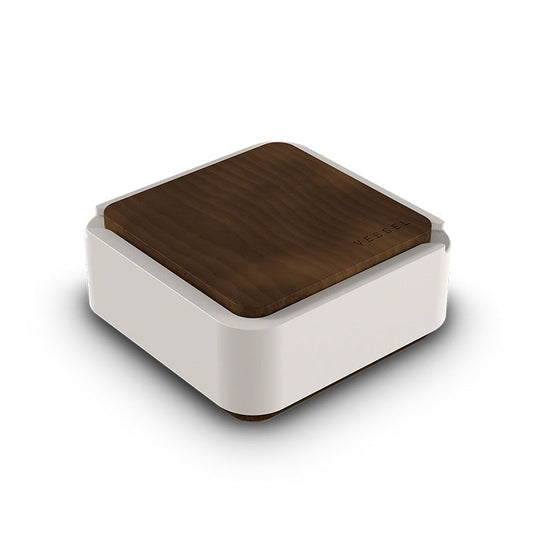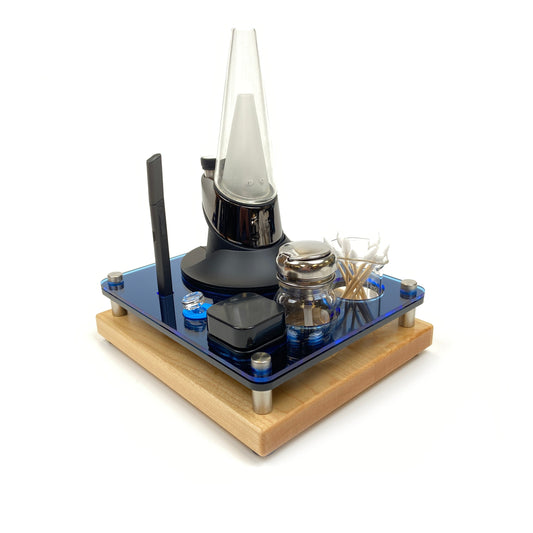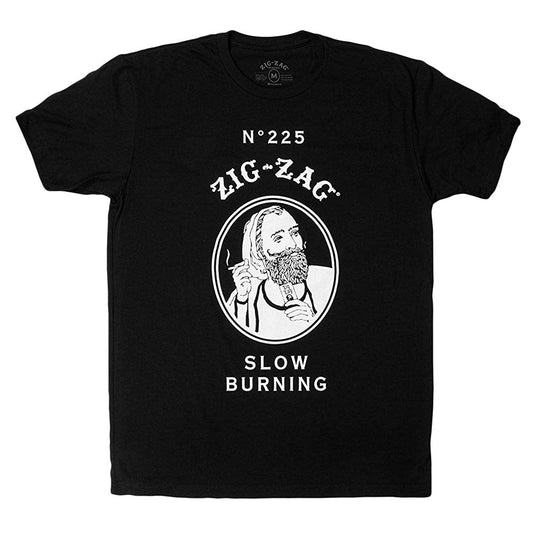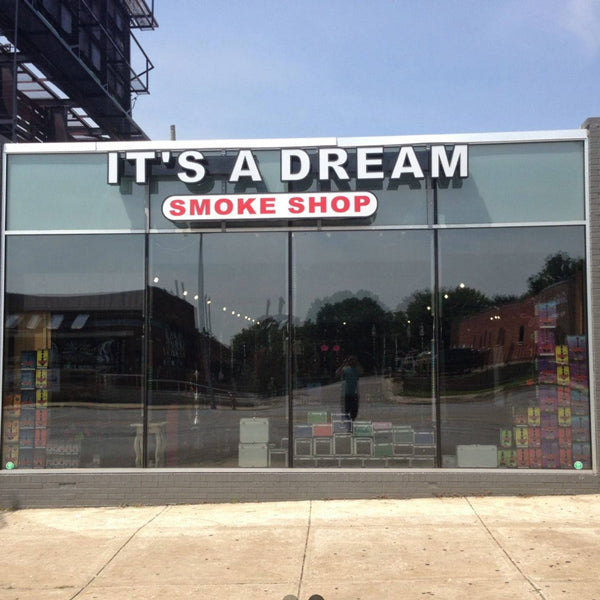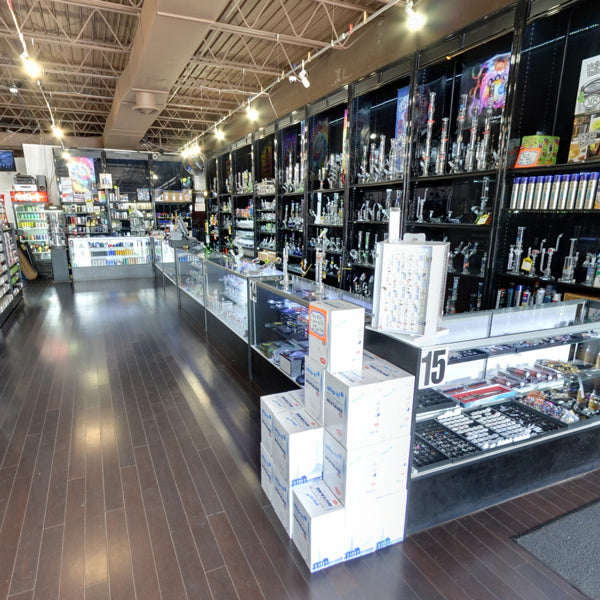Lots of folks are curious about the difference between classic cannabis flower and all those potent concentrates out there like wax or shatter. It can definitely seem confusing with all the new terms popping up! Consider this your friendly guide from knowledgeable smoke shop experts.
Key Takeaways: Flower vs. Concentrates Quick Guide
Before we get into all the details, here's the lowdown in a nutshell:
- Flower: This is the traditional dried bud of the cannabis plant. It's less potent (usually 10-30% THC) and is typically consumed by smoking (joints, pipes, bongs) or vaping in a dry herb vaporizer.
- Concentrates: These are potent extracts made from cannabis flower, concentrating the desirable compounds like THC, CBD, and terpenes. They come in forms like wax, shatter, live resin, rosin, or oil, boast much higher potency (often 50-90%+ THC), and are usually consumed via dabbing with a dab rig, using a vaporizer pen, or added to flower.
- The Main Difference: It really boils down to potency and consumption method. Concentrates pack a much stronger punch from a smaller amount, while flower offers a more traditional experience.
- Gear Matters: You generally need different tools. Good smoke shops stock everything from pipes and bongs for flower to dab rigs and vaporizers for concentrates.
Got it? Great! Now let's explore these two worlds a bit more.
Getting Back to Basics: What is Cannabis Flower?
When people talk about traditional cannabis or marijuana, they're usually talking about flower. This is simply the dried, cured buds from the female cannabis plant. It's the form people have been using for centuries, long before fancy extraction techniques came along.
You'll see flower referred to by different strain names (like Blue Dream, OG Kush, Sour Diesel, etc.), and each strain can have a unique look, smell, and range of effects. The buds themselves can vary in color, density, and how much sticky resin (those little crystals called trichomes) they have. That distinct aroma you associate with cannabis comes from compounds called terpenes, which also contribute to the flavor and potentially the effects.
In terms of strength, flower typically has THC (the main psychoactive compound) levels ranging anywhere from 10% up to maybe 30% or slightly higher in very potent strains. It also contains other cannabinoids like CBD (which doesn't cause a high but has other effects) and a wide spectrum of those flavorful terpenes.
How do people use flower? The most common ways are:
- Smoking: Rolling it into joints or blunts, packing it into pipes, or using a bong. This involves combustion – burning the plant material.
- Vaping: Using a dry herb vaporizer. These devices heat the flower enough to release the THC, CBD, and terpenes as vapor, but without actually burning it. Many prefer this for flavor and because it avoids inhaling smoke.
You can find all the gear you need for enjoying flower – pipes, bongs, grinders, rolling papers, and dry herb vaporizers – at well-equipped smoke shops.
Enter the World of Concentrates: Potency Unleashed
Now, let's talk about cannabis concentrates. Think of these as the essential oils of the cannabis plant, but super potent. They are made by extracting the most desirable compounds – mainly cannabinoids like THC and CBD, and flavorful terpenes – from the cannabis flower, leaving behind the excess plant material.
The result? A product that is significantly stronger than flower. While flower might top out around 30% THC, concentrates often start around 50% THC and can soar up to 90% or even higher! This high potency is the main reason people choose them – a little goes a very long way.
Concentrates come in a huge variety of textures and consistencies, and you'll hear lots of different names:
- Wax: Has a soft, waxy, opaque texture, sometimes crumbly (like "crumble wax") or smooth (like "budder").
- Shatter: Known for its hard, glassy, often translucent amber appearance that can "shatter" if dropped.
- Oil: Usually found in pre-filled vaporizer cartridges, has a liquid, viscous consistency. Often high in THC but may have terpenes reintroduced.
- Live Resin: A popular high-quality concentrate made from cannabis flower that was flash-frozen immediately after harvest. This process preserves a lot more of the original terpenes, resulting in incredibly flavorful extracts. It often has a saucy or sugary texture.
- Rosin: Another highly prized concentrate, especially because it's made without using any solvents (more on that next). It uses only heat and pressure to squeeze the resin out of flower or hash. Live Rosin is made from fresh-frozen material, similar to live resin, but extracted solventlessly.
- Hash (Hashish): One of the oldest forms of concentrate, traditionally made by collecting and compressing the plant's resin glands (trichomes). Modern methods include ice water extraction (bubble hash).
- ...and many others like budder, crumble, sauce, diamonds, etc.!
People use concentrates for their strong effects, intense flavors (especially with live resin and rosin), and efficiency. Because they're so potent, you only need a tiny amount.
How Are Concentrates Made? A Simple Look at Extraction
Okay, how do they get all that good stuff out of the flower and into these potent forms? It's done through a process called extraction. Think of it like making coffee – you use hot water (a solvent) to pull the caffeine and flavor compounds out of the coffee grounds. Cannabis extraction uses various methods to separate the THC, CBD, and terpenes from the plant material.
We can generally group extraction methods into two main types:
-
Solvent-Based Extraction: These methods use a chemical solvent to dissolve the desired compounds from the cannabis flower. Common solvents include:
- Butane (BHO - Butane Hash Oil): This is very common for making things like shatter and wax. Butane washes over the plant material, stripping the cannabinoids and terpenes. The crucial step afterward is purging, where the butane is carefully evaporated off, ideally leaving behind only the pure concentrate. Proper purging by professionals is EXTREMELY important for safety, as residual solvents are undesirable.
- Propane (PHO): Similar to butane but can sometimes result in different textures or terpene profiles.
- CO2 (Supercritical CO2 Extraction): This method uses carbon dioxide under high pressure and specific temperatures where it acts like a solvent. It's considered very clean and safe, often used for vape cartridge oil and some edibles. It allows for targeting specific compounds.
- Ethanol: Alcohol can also be used as a solvent. It's efficient but can sometimes pull unwanted compounds like chlorophyll if not done carefully.
-
Solventless Extraction: These methods don't use any chemical solvents. Instead, they rely on physical or mechanical means to separate the resin glands (trichomes) from the plant:
- Rosin Pressing: This involves using carefully controlled heat and immense pressure to literally squeeze the resinous sap out of cannabis flower, hash, or kief. It's highly regarded for its purity and flavor preservation since no solvents touch the material. Live rosin uses fresh-frozen starting material pressed into hash first.
- Ice Water Extraction (Bubble Hash): This method uses ice-cold water and agitation to knock the frozen trichome heads off the plant material. The water is then filtered through mesh bags of different micron sizes to collect the trichomes, resulting in bubble hash. This can then be pressed into rosin or used as is.
- Dry Sifting (Kief): Simply sifting dried flower over fine screens collects the fallen trichomes, known as kief. This can be pressed into hash or added to bowls/joints.
The extraction method used significantly impacts the final product's texture, flavor (terpenes!), purity, and sometimes cost. Solventless options like rosin are often preferred by connoisseurs but can be more expensive due to lower yields.
Key Differences: Flower vs. Concentrates Head-to-Head
Let's really break down the main distinctions point-by-point:
-
Form & Appearance:
- Flower: Dried plant buds, green/purple/orange hues, visible hairs (pistils) and crystals (trichomes).
- Concentrates: Huge variety – sticky wax, glassy shatter, runny oil, sugary live resin, gooey rosin. Colors range from light yellow to deep amber.
-
Potency (THC/CBD):
- Flower: Typically 10-30% THC, variable CBD. Effects are noticeable but generally milder per puff compared to concentrates.
- Concentrates: Significantly higher, 50-90%+ THC is common. Very small amounts produce strong effects. CBD levels vary depending on the source flower and extraction.
-
Flavor & Aroma (Terpenes):
- Flower: Complex aroma profile from a wide range of terpenes mixed with the natural plant smell. Flavor comes through when smoked or vaped.
- Concentrates: Can have extremely intense flavors, especially live resin and rosin where terpene preservation is key. The flavor is more purely focused on the extracted terpenes without the "planty" taste of smoking flower. Some lower-quality oils might have terpenes removed and then added back.
-
How You Use Them:
- Flower: Smoking (joints, pipes, bongs), dry herb vaping.
- Concentrates: Dabbing (using a dab rig and torch/e-nail), vaporizer pens (cartridges), nectar collectors, or adding small amounts to flower. You cannot typically just light shatter or wax in a regular pipe effectively.
-
Experience (Onset/Duration):
- Flower: Effects felt within minutes when smoked/vaped. Duration typically 1-3 hours.
- Concentrates: Effects from dabbing or vaping are usually felt very quickly, almost instantly, and can feel more intense due to the high potency. Duration can be similar to flower or sometimes slightly shorter, but the peak might feel stronger.
-
Cost:
- Flower: Usually cheaper per gram.
- Concentrates: More expensive per gram, but because it's so potent, a gram lasts much longer. The cost per dose might actually be comparable or even lower for some users. High-quality solventless concentrates like live rosin tend to be the priciest.
Understanding these differences helps you choose what might fit your needs or curiosity best.
How Do You Actually Use Them? Consumption Methods Explored
Let's look closer at how people consume each type, and the gear involved – much of which you can find at well-stocked smoke shops!
For Cannabis Flower:
-
Smoking:
- Joints/Blunts: Ground flower rolled in paper (joints) or tobacco leaf wraps (blunts). Portable, classic. Requires rolling skills or pre-rolls. Involves combustion.
- Pipes: Simple hand pipes (spoons, chillums). Easy to use, portable. Requires packing, involves combustion.
- Bongs/Water Pipes: Uses water for filtration and cooling, providing a smoother hit. Requires bong, water, grinder. Involves combustion but filtered.
-
Dry Herb Vaping:
- Portable/Desktop Vaporizers: Devices specifically designed to heat dry herb below combustion point, releasing vapor. Preserves flavor (terpenes!), more efficient, less harsh than smoke. Requires a dry herb vaporizer device, which can be an initial investment.
For Cannabis Concentrates:
-
Dabbing:
- Dab Rig: The most popular method for wax, shatter, live resin, rosin, etc. A dab rig looks like a specialized bong but has a "banger" (usually quartz) instead of a bowl piece. You heat the banger with a torch (or use an electronic nail/e-nail), let it cool slightly, then "dab" a tiny amount of concentrate onto the hot surface, instantly vaporizing it. You inhale the vapor through the rig's water filtration. Requires a dab rig, banger, carb cap (to trap heat/vapor), dab tool (to handle the sticky concentrate), and a torch or e-nail. Delivers potent, flavorful hits quickly.
-
Vaping:
- Vape Pens/Cartridges: Super convenient. These use pre-filled cartridges or pods containing cannabis oil. A battery heats a coil, vaporizing the oil. Very discreet, portable, easy to use. Potency and quality vary; some contain additives or non-cannabis terpenes.
- Concentrate Vaporizers: Some portable vaporizers are designed specifically for solid concentrates like wax or shatter, often using a small heated chamber or coils.
-
Nectar Collectors / Dab Straws:
- These are portable dabbing devices. You heat the tip (like a straw) and dip it directly into your concentrate container while inhaling through the other end. Some have water filtration sections.
-
Topping Flower:
- You can add a small amount of crumble wax or kief on top of a packed bowl of flower, or roll shatter into a thin snake inside a joint ("infused pre-roll"). This boosts the potency of the flower.
As you can see, using concentrates often requires more specialized equipment, which knowledgeable staff at good smoke shops can help you understand.
Weighing the Options: Pros and Cons of Flower
Let's sum up the advantages and disadvantages of sticking with traditional cannabis flower:
Pros:
- Traditional Experience: It's the classic way, familiar smells, rituals (grinding, packing, rolling).
- Full Spectrum: Contains the natural balance of cannabinoids and terpenes from the plant, which some believe work together synergistically (often called the "entourage effect").
- Easier Dosing: Lower potency makes it less likely for beginners to accidentally overconsume. Easier to control intake puff by puff.
- Variety: Huge range of strains available with distinct aromas, flavors, and potential effects.
- Less Processed: It's simply dried and cured plant material.
- Cost: Generally lower price per gram compared to concentrates.
- Versatile Use: Can be smoked, vaped, or even used to make homemade edibles or tinctures.
Cons:
- Lower Potency: Need to consume more material to achieve strong effects compared to concentrates.
- Combustion Byproducts: If smoked, you inhale tar and other potentially harmful compounds from burning plant matter.
- Strong Odor: Smoking flower produces a very distinct and lingering smell, making it less discreet.
- Bulkier: Buds take up more space than a small container of wax.
- Harshness: Smoke can be harsh on the throat and lungs, even with a bong.
Weighing the Options: Pros and Cons of Concentrates
Now for the highly potent world of cannabis concentrates:
Pros:
- High Potency: Very efficient – a tiny dab or puff can produce strong effects quickly. Good for experienced users or those with high tolerance.
- Rapid Onset: Effects from dabbing or vaping are felt almost immediately.
- Intense Flavor: High-quality concentrates (especially live resin, live rosin) deliver powerful, clean terpene flavors without the plant taste.
- Discretion: Vaporizer pens offer a very discreet way to consume with minimal odor compared to smoking flower.
- Less Plant Material: Inhaling vapor instead of smoke means less tar and plant matter entering your lungs (though vaping isn't risk-free).
Cons:
- Very High Potency: Easy for beginners (and even experienced users!) to overdo it, potentially leading to uncomfortable side effects. Requires careful dosing ("start low, go slow").
- Requires Specific Gear: Dabbing needs a dab rig, torch, etc. Vape pens need compatible batteries/cartridges. This can be an added expense and learning curve.
- Variable Quality/Safety: Extraction methods matter. Poorly purged solvent-based concentrates could contain residues. Quality varies widely. Stick to reputable sources.
- Higher Cost Per Gram: While efficient, the initial price for a gram of quality concentrate is higher than flower.
- Potential Loss of Compounds: Some extraction methods might degrade certain delicate terpenes or minor cannabinoids compared to whole flower.
- Tolerance Buildup: Regular use of high-THC concentrates can lead to increased tolerance more quickly.
Which Path to Choose? Flower or Concentrates?
So, after all that, which one should you choose? The honest answer is: it depends entirely on you! There's no single "best" choice.
Consider these factors:
- Your Tolerance: Are you new to cannabis or have a low tolerance? Flower or low-dose vaporizer cartridges might be a better starting point. Experienced users or those needing stronger effects might prefer concentrates.
- Desired Effects: Are you looking for a milder, more nuanced experience, or a fast-acting, intense effect?
- Flavor Preferences: Do you enjoy the classic taste of flower, or are you chasing the pure, intense terpene profiles of concentrates like live resin?
- Consumption Method: Do you prefer the ritual of smoking, the smoothness of dry herb vaping, the convenience of a vape pen, or the potent ritual of dabbing with a dab rig?
- Budget: Flower is often cheaper upfront per gram, while concentrates can be more cost-effective per dose if used sparingly. Factor in gear costs too.
- Discretion: Need to be low-key? Vape pens are hard to beat. Smoking flower is the least discreet.
Many people enjoy both! They might use flower for casual sessions and save potent concentrates for specific times or use vape pens for on-the-go convenience. It's all about finding what fits your lifestyle and preferences.
Finding Quality Consumption Gear
Regardless of whether you choose flower or concentrates, having the right equipment makes a big difference in your experience. Using a quality grinder, a clean bong or pipe, a reliable dry herb vaporizer, or a proper dab rig setup enhances safety, flavor, and enjoyment.
Investing in good gear from a reputable smoke shop, whether it's an online smoke shop or a local store, ensures you get the most out of your chosen product safely and enjoyably. Look for shops with:
- A wide selection of bongs, dab rigs, hand pipes, and vaporizers (for both dry herb and concentrates).
- Essential accessories like grinders, bowl pieces, downstems, quartz bangers, carb caps, dab tools, torches, and cleaning supplies.
- Products from trusted brands known for quality and safety.
- Knowledgeable staff who can help you choose the right gear for your needs.
Your Questions Answered: Flower vs. Concentrates FAQs
Let's tackle a few more common questions:
What are terpenes again? Terpenes are aromatic compounds found in cannabis (and many other plants, like citrus fruits and pine trees!). They are responsible for the distinct smell and flavor of different strains and concentrates. Research suggests they might also influence the effects of THC and CBD.
Is dabbing concentrates dangerous? Dabbing involves high heat (using a torch or e-nail) and very potent substances. The main risks are burning yourself on the hot equipment and consuming too much THC too quickly. Using quality equipment properly (like a stable dab rig), handling torches safely, and starting with very small dabs significantly reduces risks. Also, ensuring your concentrates come from a reputable source is important for avoiding contaminants.
Can I make my own concentrates at home? It's strongly advised against attempting any extraction methods that use flammable solvents like butane or propane at home. These processes are extremely dangerous without professional equipment and knowledge due to the risk of fire or explosion. However, making solventless rosin at home using a rosin press (which uses only heat and pressure) is much safer and becoming more popular. Making simple ice water hash or dry sift kief is also relatively safe.
What's the real difference between Live Resin and Live Rosin? Both start with fresh-frozen cannabis flower to preserve maximum terpenes. The key difference is the extraction method: Live Resin uses solvents (like butane) to extract the compounds. Live Rosin uses a solventless process – typically making ice water hash first, then pressing that hash with heat and pressure to get the final rosin. Both are highly flavorful, but live rosin is often considered more "pure" due to the lack of solvents.
Q5: Do concentrates usually contain CBD? It depends entirely on the cannabis flower they were extracted from. If the starting flower was high in CBD, the resulting concentrate likely will be too (often labeled as "CBD wax," "CBD shatter," etc.). However, many concentrates on the market are specifically made from high-THC, low-CBD strains to maximize psychoactive potency. Always check the product's label or testing information if you're looking for specific cannabinoid content.
Wrapping It Up: The Choice is Yours
So, cannabis flower vs. concentrates – two different ways to experience the same plant. Flower offers the traditional, full-spectrum experience with lower potency, while concentrates provide intense potency, flavor, and efficiency through various extracted forms like wax, shatter, live resin, and rosin. Neither is inherently "better"; they just offer different experiences suited to different preferences and situations.
Hopefully, this guide helped clarify the differences and answered some of your questions. Remember to always start low and go slow, especially with potent concentrates, and prioritize safety in your consumption methods. Having the right gear from a quality smoke shop will ensure you have the best possible experience, whichever you choose.
Thanks for reading, stay safe, and happy exploring!

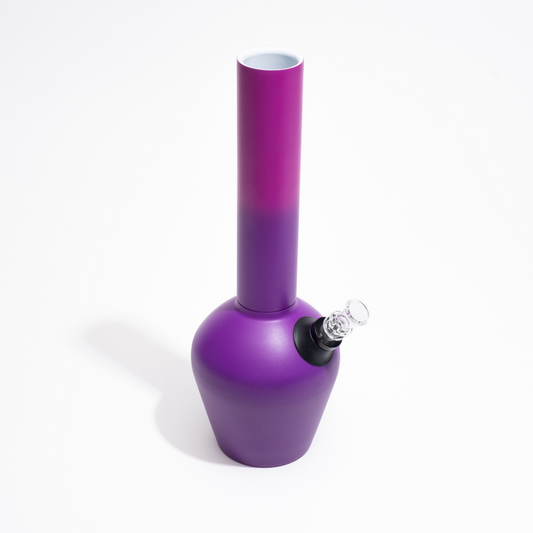
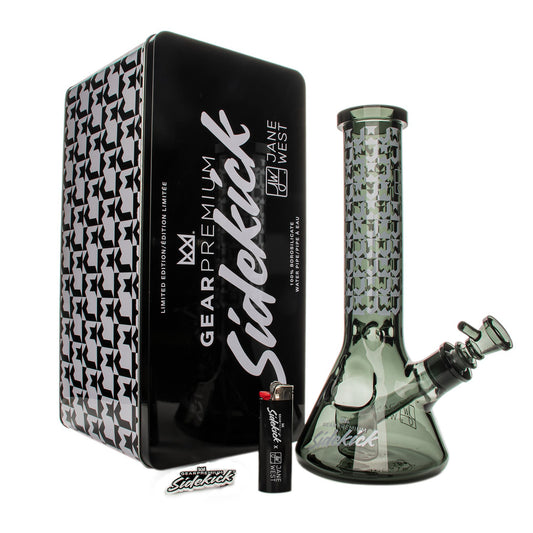
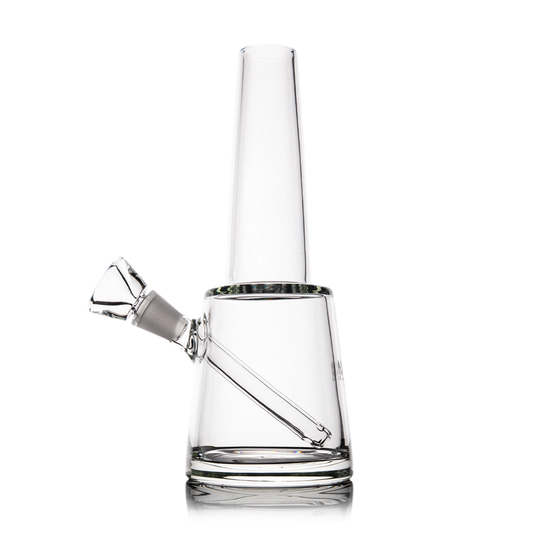
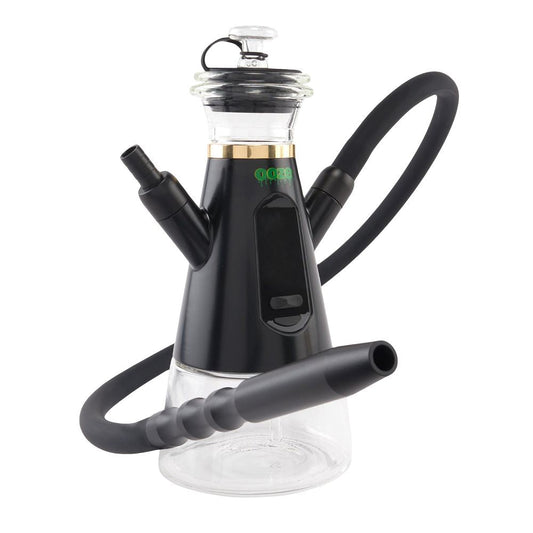
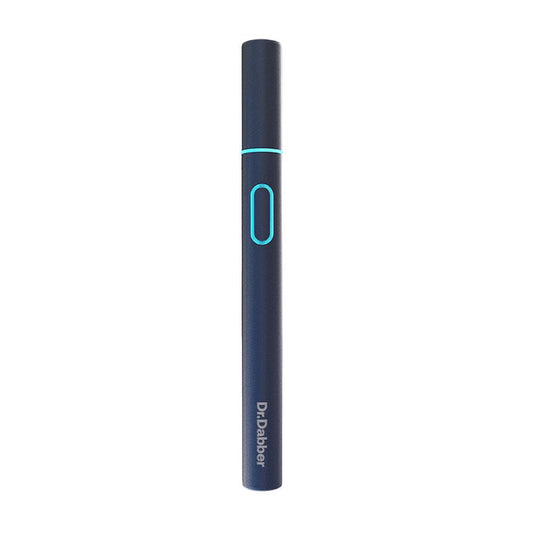
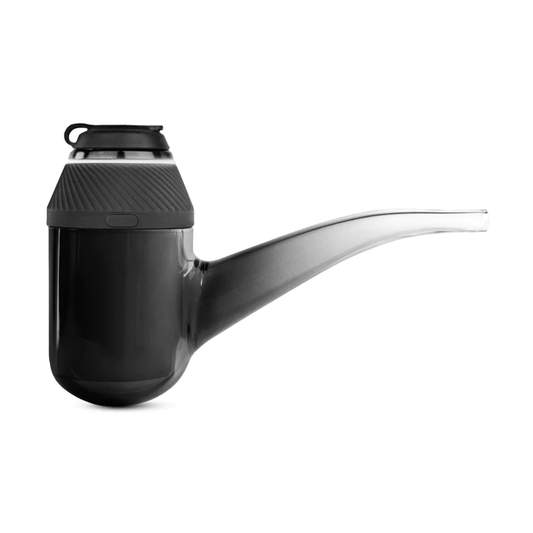
![Compass [Aspen] +](http://kcsmokeshop.com/cdn/shop/files/a726ccd4-a3d5-4c33-8866-731f6ec483d6_533x.jpg?v=1742918542)
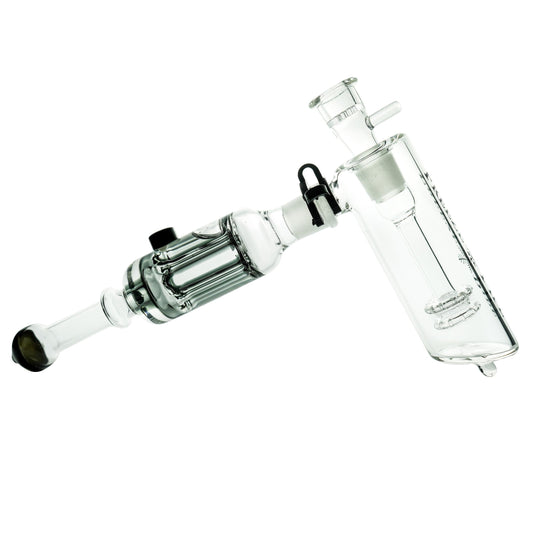
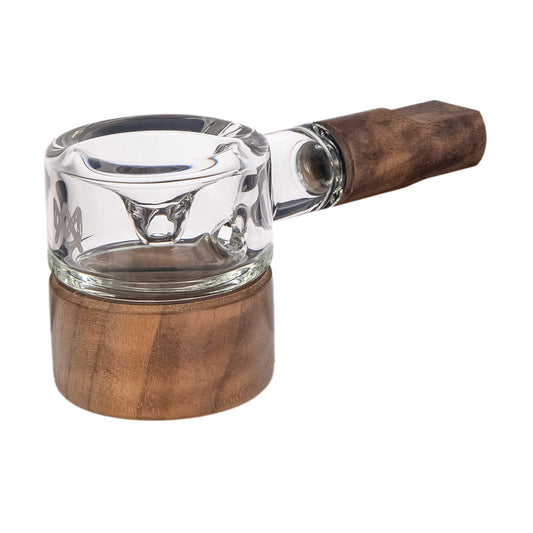
![Vessel Pipe [Maritime]](http://kcsmokeshop.com/cdn/shop/files/a5e30a2f-abbc-4ed5-9874-4219deb9563b_533x.jpg?v=1742918596)
![Vessel Ash [Black] Ultimate Ashtray and Storage](http://kcsmokeshop.com/cdn/shop/files/a54bbf71-18ca-47e2-bb70-185140454b22_533x.jpg?v=1742918621)
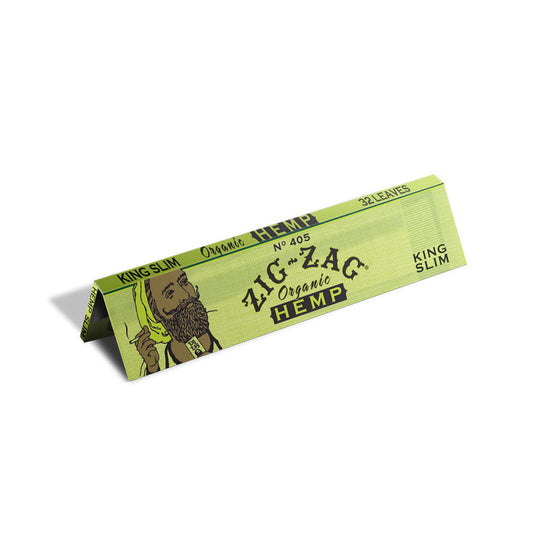
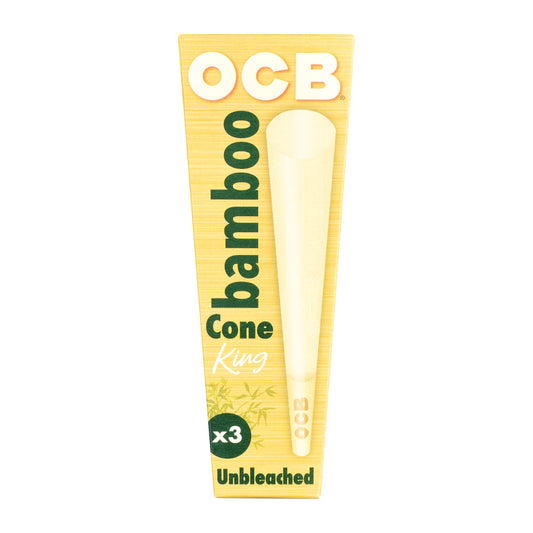
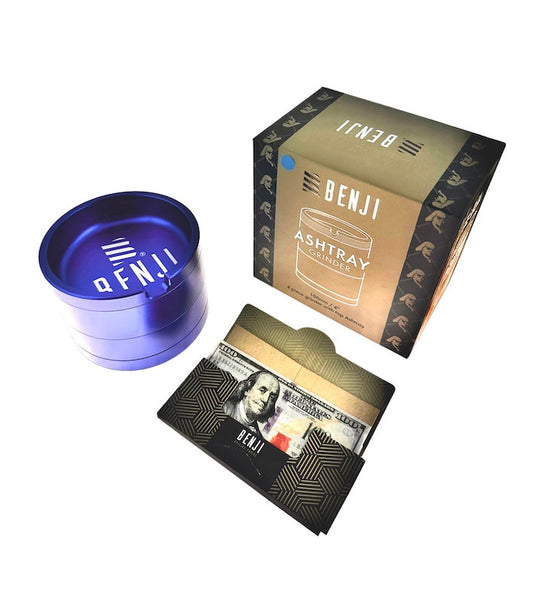
![Vessel - Mill [Walnut]](http://kcsmokeshop.com/cdn/shop/files/448f6229-90c5-4be3-985d-20aeba1e3fc1_533x.jpg?v=1742918365)
